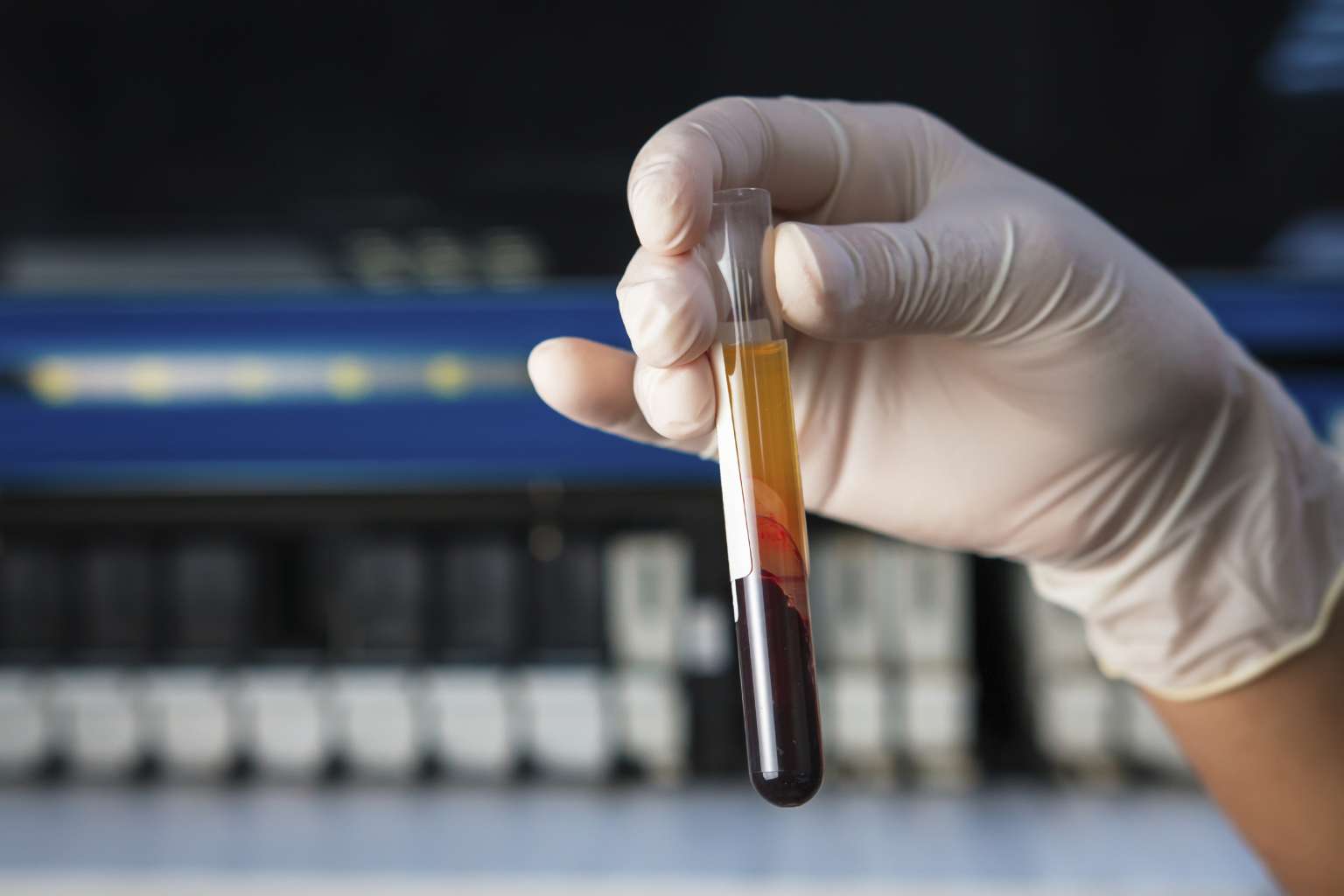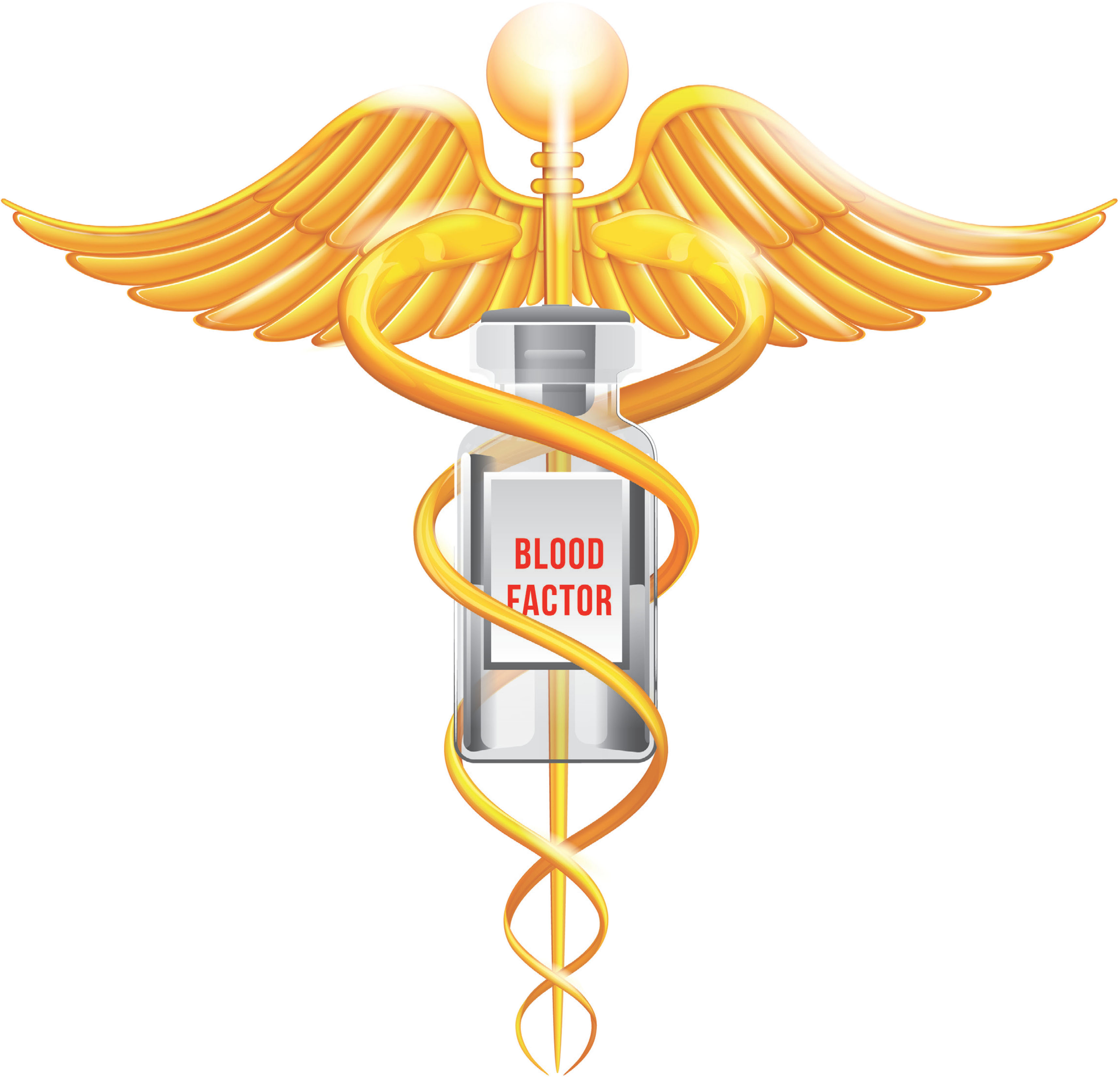Preventive treatment pays
Better joint health for patients with haemophilia
Sign up now: Get ST's newsletters delivered to your inbox

PHOTO: ISTOCKPHOTO
Ng Wan Ching
Follow topic:
Patients get to lead normal lives
People with a rare blood disorder who opted for preventive treatment are enjoying better health, according to a new study.
The study, by three public health institutions here, examined the health status of over 100 patients with haemophilia, a condition where blood does not clot properly.
Those who were on prophylaxis or preventive treatment scored better on their joint health. Damage to the joints is a common problem faced by these patients, and is caused by uncontrolled internal bleeding. It can lead to crippling joint disease if left untreated for too long.
The study was conducted by Singapore General Hospital (SGH), KK Women's and Children's Hospital (KKH) and National University Hospital (NUH).
It was published this month in Haemophilia, an international journal. Based on the results, doctors say they will now encourage patients to go on such treatment.
This involves regular injection of clotting factors to prevent bleeds. In the past, treatment used to be given on demand - when the patient notices he is suffering from a bleed.

ST ILLUSTRATION: ADAM LEE
Such bleeding frequently occurs in the muscles, which leads to muscle wasting or stiffness. It can also cause bleeding in organs, such as the kidneys or even the brain - which is the most feared complication, said Dr Joyce Lam, consultant in the haematology/oncology service at KKH.
With prophylaxis treatment - usually administered at home two or three times a week - a safe level of clotting factors can be maintained in the bloodstream.
This helps to guard against episodes of bleeding and minimises the risk of long-term joint damage.
Doctors here have been putting younger patients on preventive treatment since 2010.
Currently, about 60 per cent of KKH and NUH's paediatric patients are on regular prophylaxis.
At SGH, which sees adult and older patients, about 13 per cent are on long-term prophylaxis.
Some are on short-term prophylaxis to cover periods of frequent bleeding, such as during dental or surgical procedures, said Associate Professor Tien Sim Leng, a senior consultant in the department of haematology at SGH.
The study used a standardised joint-health score to assess the condition of one's joints.
Patients aged below 10 who were mostly on prophylaxis had median scores of 5.5, while patients between 11 and 20 years old had a median score of 4. The lower the number, the better the joint health.
Similar studies on paediatric patients on prophylaxis treatment in developed countries showed that children aged between four and 16 in Canada, Sweden, the Netherlands and the United States reported a median score of six. However, a Lithuanian study reported average scores of 11.6 and 24.5 for younger and older children, respectively.
These children were getting only on-demand therapy.
"Our findings suggest that our children's joint health is closer to those in developed countries and this may be due to the increased use of prophylaxis here," said Dr Lam.
Dr Yap Eng Soo, a consultant in the department of haemotology-oncology at National University Cancer Institute, Singapore (NCIS), said his young adult patients on prophylaxis are enjoying relatively normal lives.
They go to the gym and lead very active lives, without the fear of having to go for joint replacements in their 20s, he said.
Paediatric patients at NUH are transferred to NCIS when they are 18 to 20 years old, said Dr Koh Pei Lin, consultant in the division of paediatric haematology and oncology at NUH.
In the future, prophylaxis will become the standard of care for paediatric patients and a growing number of adult patients, said Prof Tien. "This should lead to better preservation of joints and a reduction in associated medical conditions, such as bleeding in the brain," he added.

